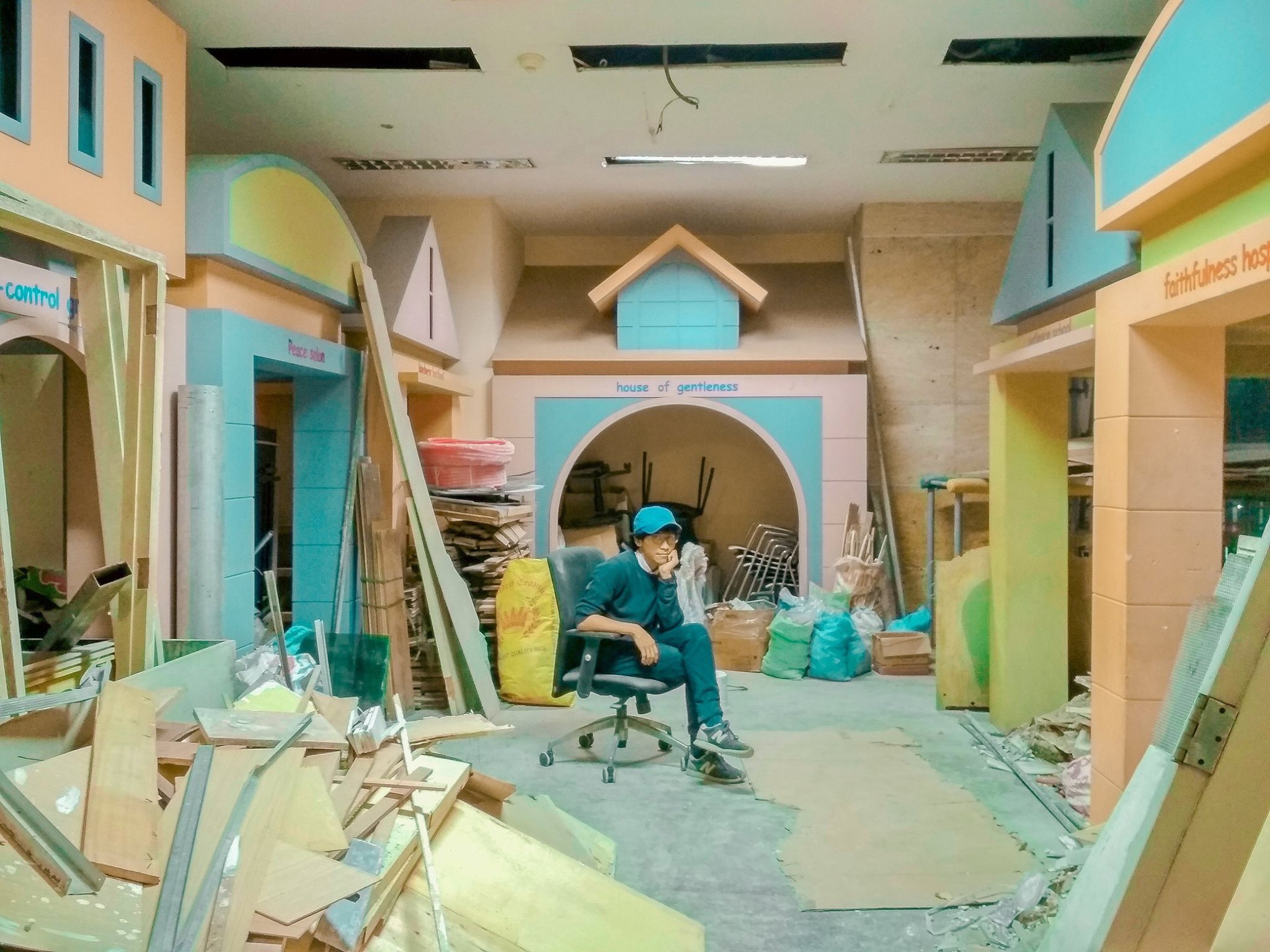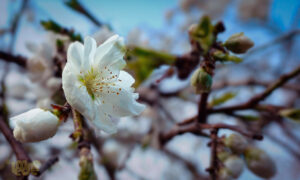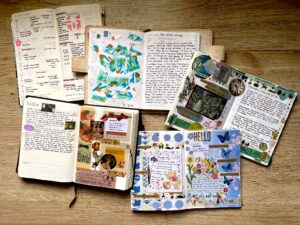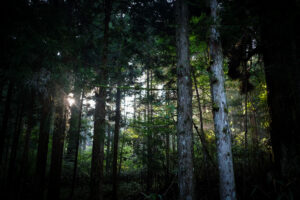An Interview with Felix Taaka
During the 90s and 00s, the Philippines experienced an influx of anime shows. Local networks would broadcast these shows virtually every day of the week, in varying time slots throughout the day. A whole generation of youth grew up watching these fantastical stories unfold, as well as listening to the wonderful opening and ending theme songs that accompanied them. Many of those avid anime fans have now grown up to be artists and illustrators in their own right, and many have incorporated their love for anime into their art.
Felix Taaka is one of those illustrators who have grown up with anime. Felix is an artist based in the Philippines, and his art is well known in the local music scene as most of his work can be seen on gig posters and album covers. His colorful works include art for Fête de la Musique, Furiosa, Dream Coterie (Indonesia) and for the Eraserheads tribute album Pop Machine. He has also been featured in international and local publications such as We The Pvblic, Young STAR, and the UK’s leading resource for creative professionals, Digital Arts.
We interviewed Felix about his first anime loves, video games, Ghibli movies, and other artists that he finds inspiration from.
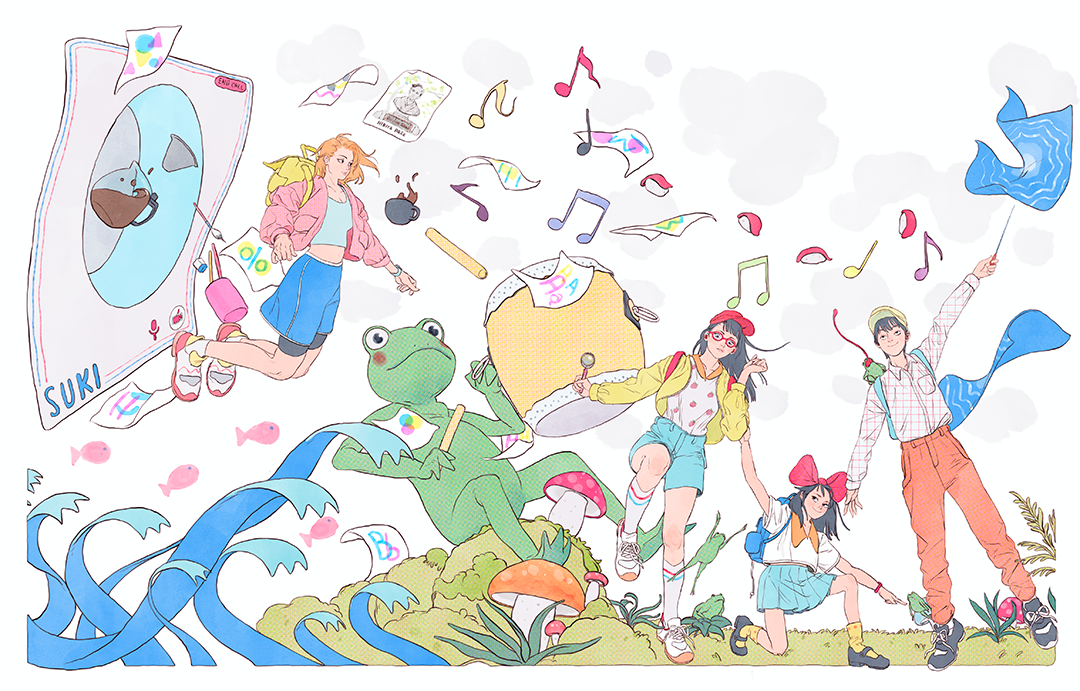
What were your first experiences with Japanese culture growing up?
I remember my early drawings would include Ultraman fan art when I was 6. A relative who resides in Japan would also send us many souvenirs. Me and my cousins would also watch random anime on VHS. We would also consistently watch anime such as Dragon Ball, Yu Yu Hakusho, Ranma ½, Sailor Moon, Yakitate Japan, Naruto, and many shounen and shoujo.
(Ed note: Shounen is a genre of Japanese comics and animated films aimed primarily at a young male audience, typically characterized by action-filled plots. Shoujo on the other hand is a genre aimed primarily at a young female audience, typically characterized by a focus on personal and romantic relationships.)
Playing early Nintendo, Sega, Capcom, and SNK games were also a huge part of my life growing up, especially Super Mario RPG, Megaman Battle Network, and arcade games including King of Fighters and Marvel vs. Capcom. These really opened my eyes to Japanese illustration and animation. So I just practice on my own to draw more. One of the ways I practiced was by making personal comics inspired by shounen manga. I would fill my notebooks with it! It’s so much fun because there were also a few of my classmates doing it in grade school who I became good friends with. We would swap each other’s comics and read them, laugh about them, and exchange ideas!
How big of an influence is anime on your art?
Often we get a wisdom or reflection of ourselves in them; from a ‘talentless’ kid dreaming to become a Hokage in Naruto to the cathartic consequences of being seen in Perfect Blue. It’s no surprise that anime has touched many souls, and will forever be embedded in our culture. Many of the films and media that we consume nowadays have also some sort of inspiration from anime.
Anime is definitely a big influence in my art. I started looking at the art of Alphonse Mucha and and Frank Frazetta’s mastery in fantasy drawings when i was a little kid. Then I came across 1960s Parisian fashion illustrators, as well as American illustrator Harry Beckoff, and French Art Deco. Although I admired realism in the past, the flat 2D look just had a certain allure and connection for me. I wanted to maximize what I can do on it while experimenting on vibrant combinations of colors and movements of the subjects. I realized there are so many fun things with flat illustrations that you can do. I’m also fascinated with the imperfections on initial sketch drawings, that’s why I also like to use light squiggly lines in most of my drawings.
I also learned so many things from watching sakuga (a highly dynamic and memorable sequence in an anime utilizing every frame in a scene). In connection to sakuga, I came to admire animators such as BahiJD who worked on projects including Space Dandy and Ping Pong. Lesean Thomas is also a great influence to me, they are truly masters!
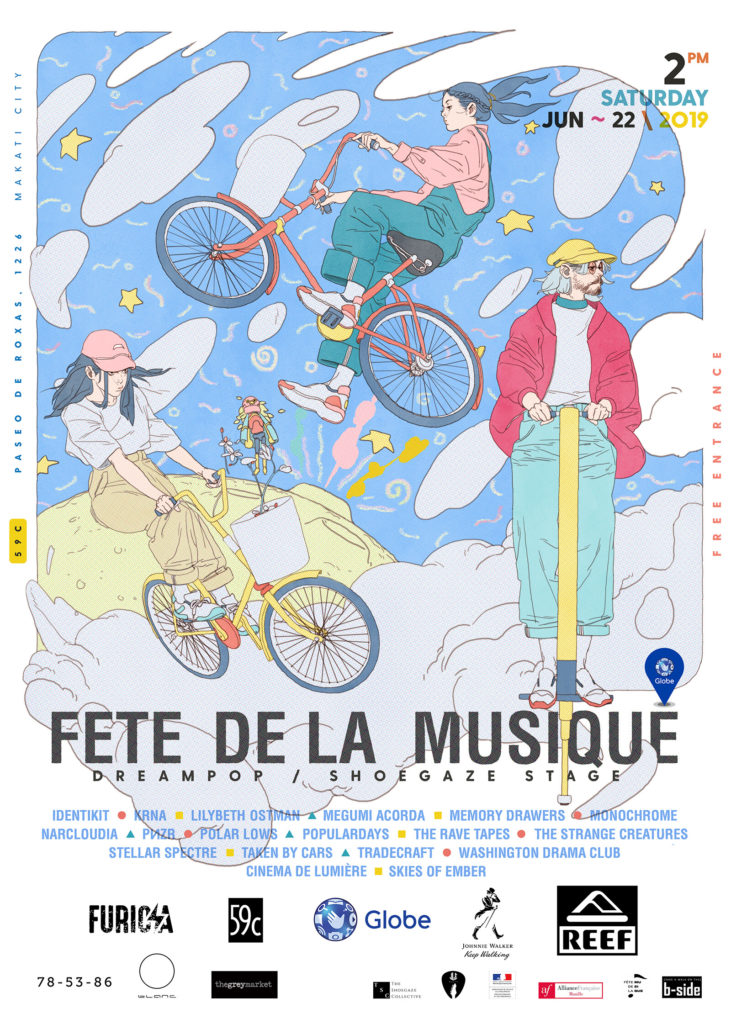
What were your favorite anime growing up? What are your current favorites?
Samurai Champloo is definitely my top favorite. I’m a big fan of the animation and the soundtracks used in the series! The character dynamics and themes are incredibly top notch. Kazuto Nakazawa’s work in this series is incredible, he also worked on the anime sequence in Kill Bill vol. 1 which is truly inspiring.
Naruto is also an absolute favorite especially the opening and ending themes of the series and my favorite character is Rock Lee! I love him because of his optimism and his support for his friends. My favorite director is Masaaki Yuasa; especially his works Tatami Galaxy, The Night is Short, Walk on Girl, and Welcome to the Space Show. There are many great things to say about his sequences and animation but what’s incredible to me is his experimental visuals that never end, and he collaborates with great artists as well!
I want to add Fooly Cooly as one of my favorites, not only for its great character design and animation, but the soundtrack as well. I can’t express how much I’m a huge fan of The Pillows who made most of the soundtrack. They are a big influence on me up to this day.
There’s so much more that I want to list down but I don’t want to let my enthusiasm get a hold of me! There’s so many good anime out there that I haven’t seen or touched on yet and I’m excited to embrace and admire them all!
Your art has a whimsical Ghibli-like feel. How much has Hayao Miyazaki’s work influence your style?
Hayao Miyazaki and Isao Takahata are great storytellers, They capture slices of life in their films. It’s one of the things I love about their films, I can humbly say that my art is nowhere near the level of greatness and the sensation that Ghibli gives. But I am grateful that In many ways, Ghibli films have expanded our imagination and progressed the animation industry to a level that resonates with children and adults alike.
My main influence stems from my admiration for nature and our reality. I also create some creatures and people in my work too, they serve as guardians or instruments of gratefulness and love.
Favorite Ghibli films?
Among masterpieces such as Spirited Away, Kiki’s Delivery Service, Grave of the Fireflies, Only Yesterday, and The Cat Returns, I’d say my favorite is The Tale of Princess Kaguya by director Isao Takahata. It contains a lot of early Japanese traditions and culture, and is based on the folklore of The Tale of the Bamboo Cutter. My eyes were just drawn in when I watched it for the first time, and it truly resonated with me. It’s really beautiful. The art style is very different to other Ghibli films. It feels like watching a flowing dream combined with Joe Hisashi’s music, which is also my favorite soundtrack in all of Ghibli films.
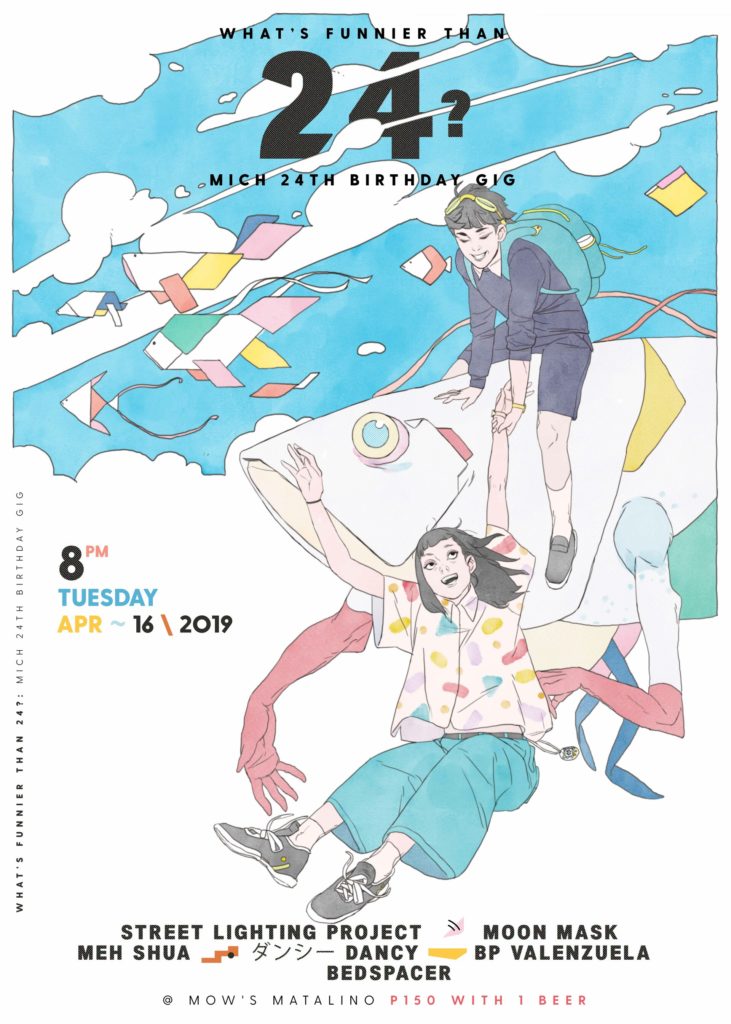
Where do you find inspiration for your art now?
I’m highly inspired by the self-taught sculptor, Simon Lee, also known as Spiderzero. The physics and poses of his work are just truly magnificent to look at. Japanese Illustrators Katsuya Terada and Hisashi Eguchi are two of the greatest illustrators living today. There are also many Korean illustrators I admire.
I always browse a lot of art online, everyday I see very inspiring artists after another. The world is becoming smaller for artists and it’s just beautiful, in my opinion. I look up to so many artists including my friends and even artists that have a small following and are just starting out. I’m really grateful to see them today. I still go back to my roots and get some inspiration from time to time but it’s hard to miss all of the great artists who are emerging nowadays. It’s exciting to see what the future holds not, just for Filipino illustrators, but also the whole art community!
Felix’s work can now be seen on the cover of a special volume of SUKI, the Japan Foundation, Manila’s official magazine. E-mail us at macosta@jfmo.org to find out how to get your own copy!



